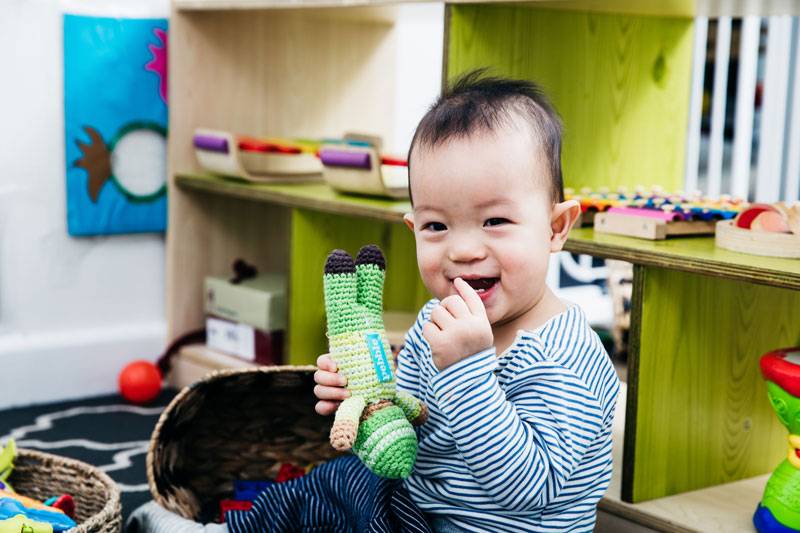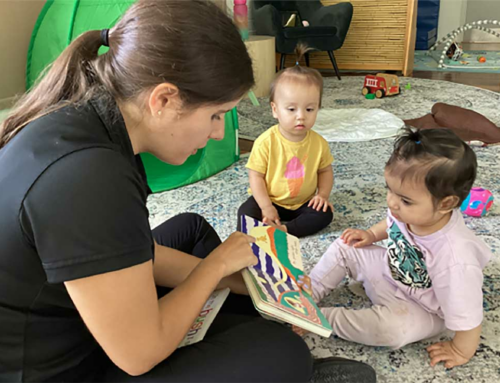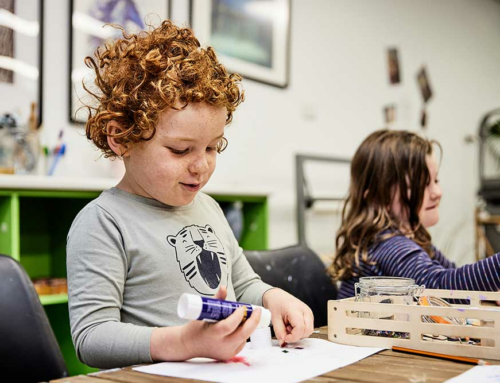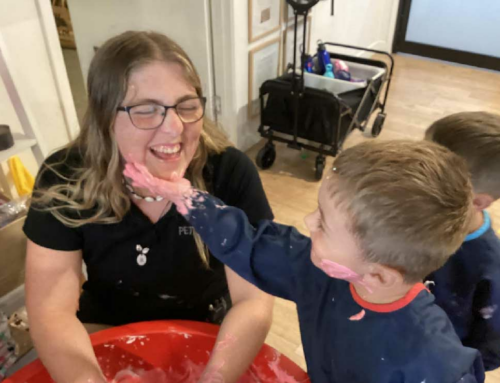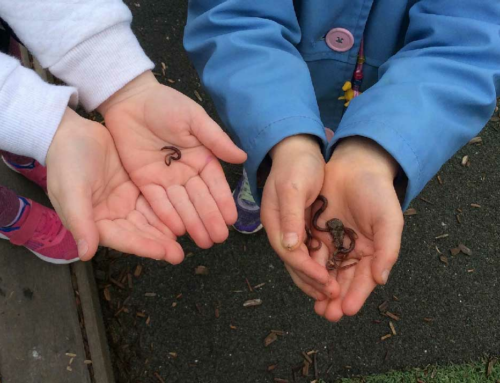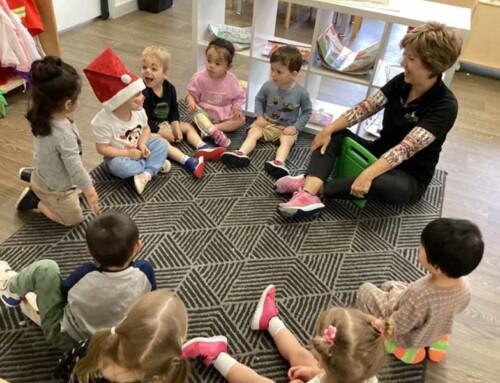As parents, our children’s wellbeing is paramount. Every child deserves to be safe and secure, with their health and safety a top priority in any early childhood centre. To keep your child safe at day care, we’ve put together a childcare safety checklist for families.
Early childhood centres in Australia must address both state and federal regulations on children’s safety and wellbeing. You can request to view your centre’s policies and procedures at any visit or when touring a centre ask how they approach child safety and health.
Early education and care services are obliged to meet specific requirements of the National Quality Framework (NQF) that address health and safety. These requirements include minimum qualifications and Educator to child ratios.
The Early Years Learning Framework (EYLF) goes further addressing a child’s wellbeing, incident and emergency management, healthy eating and physical activity in Quality Area 2 – Children’s Health and Safety.
Our child care safety checklist includes all the things families and visitors can do when attending an early education and care service. We aim to keep all children within the centre safe and secure. It covers:
- Parking awareness and toddler pedestrian safety.
- Emergencies, illness and absences.
- Safe and healthy habits for keeping children safe.
- Record keeping as part of childcare safety.
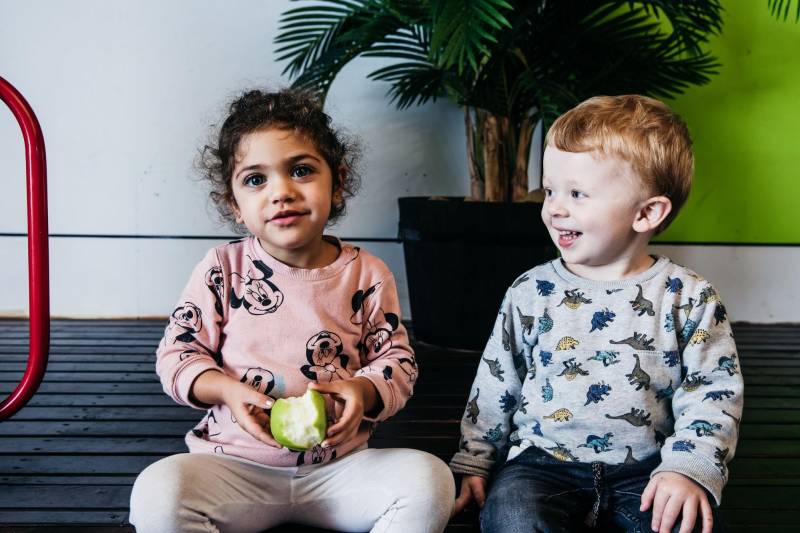
12 Steps to keeping your child safe at day care
1. Use driveways and carparks with care.
Drop-offs and pick-ups can be stressful. Many families are in a hurry to collect children and get to either work or home. While you may be thinking about your first meeting or what you’ve got at home to cook for dinner, you must focus on the present.
Be mindful of what and who is around you. Always do a visual check for children behind or in front of your vehicle. Don’t just rely on rear-vision mirrors or sensors. Look over your shoulder for people big or small, and any other obstacles that could impede your driving.
It’s also useful to:
- Look before opening your car door.
- Slow down when driving in and out and when parking.
2. Toddler pedestrian safety: Supervise your child when using the car park.
Always hold your child’s hand when they’re near cars. Let them know why you’re holding their hand, so they develop an understanding of the dangers of cars, driveways and roads. If they’re eager to be independent, ask them to wait for you to open the car door and let them out.
When leaving the centre, hold your child’s hand again and be mindful of any vehicles that are reversing. Discourage children from playing in car parks and in and around cars in general, even at home.
If you have a baby and a toddler, remove your baby first. Keep your toddler safe inside the car. Do the opposite when leaving. Get your toddler settled first as being mobile, they’re more likely to move away.
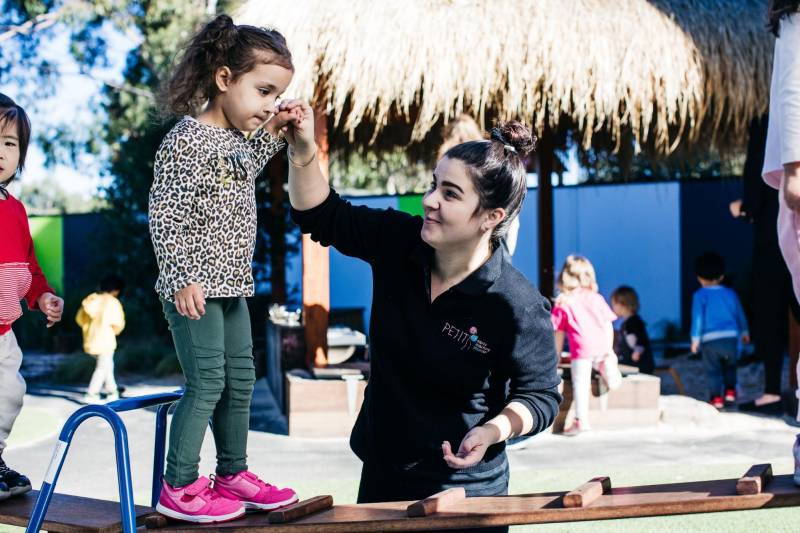
3. Close all centre entrance and exit doors behind you.
So much can be going on when entering or leaving a centre foyer. Children are eager to play, and other families are coming and going. Be mindful of your entrance and exit. Be sure to close the door behind you, so no children have an opportunity to slip out unsupervised.
4. Follow sign-in and sign-out procedures for your centre.
From your first day, start a new habit of following sign-in and sign-out routines for your centre. If you’re not sure of the procedure, ask your Centre Director to take you through the process.
5. Drop your child off at their room and let an Educator know they’re there.
Take your child to their room. You may have a ritual for drop-offs, like sitting down with your child as they take an interest in an activity. Once your child is settled, check-in with their Educator and let them know that your child is there before you leave.
6. Close any internal doors and gates behind you, keeping children safe.
A day care centre can have many corridors, doors and gates leading to different areas. They are used to protect and secure a child’s safety within the centre. Be sure to close all doors and gates behind you as you enter or leave.
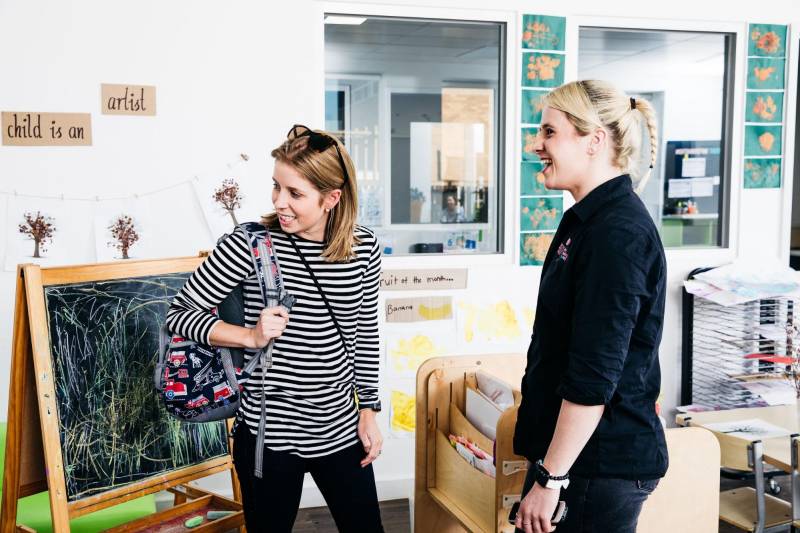
7. Observe your centre’s health and safety policy for sun care.
Some child care centres require children to be wearing sunscreen when they arrive, so they’re ready to play. Do you know what your centre’s policy is for providing protection from the sun?
If you’re walking to the centre, encourage your child to slip on sunscreen and put on a hat before leaving home. Always follow your centre’s sun protection procedures.
8. Update your emergency contact details.
When you have a new phone, change workplaces or move residential address, you need to let your centre know immediately. If your emergency contact is a trusted relative, neighbour or friend check their contact details are up-to-date too.
Don’t let your carer discover your emergency details have changed when they need to get a hold of you urgently. Provide alternative emergency details.
9. Maintain your child’s medical details for your child’s safety.
It can be daunting handing over your child’s medical details to an early education and care service. In some states of Australia, you may be required to prove your child’s immunisation status and advise your carer of updates.
If your child has special health needs such as asthma, allergies, epilepsy or diabetes, discuss your child’s health with your centre. You may need to complete a health form and provide your service with:
- Details of specific health requirements.
- Your child’s health plan.
- Contact details for health providers.
- A demonstration on how to administer medications.
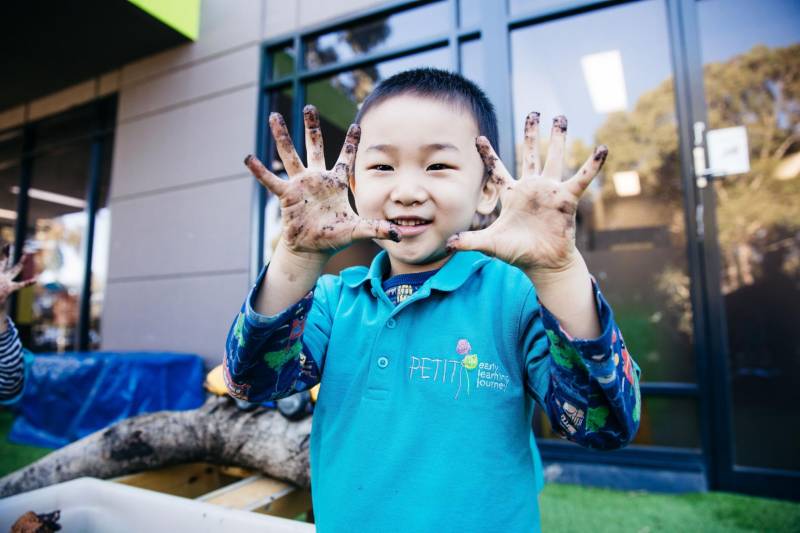
10. Encourage your child to wash their hands by washing yours.
Stop the spread of germs by being a good role model. Bacteria gathers on our hands as we go about our daily lives. Contact with doorknobs and other surfaces spreads germs from person to person. Encourage your child to wash their hands frequently with soap and water.
Washing hands can prevent the spread of common infections and protect children from diseases. Wash your hands whenever they’re dirty and before and after touching anything that could contaminate them.
11. Report absences and illnesses to your centre for child care safety.
You should notify your centre of any absences on scheduled days as soon as possible. If your child is absent due to an infectious disease, you need to let your centre know so they can observe other children.
12. Look after sick children at home.
If your child is unwell, take care of them at home until they are well enough to play and engage in their daily routine. Sick children are much happier when they are with family who can give them the extra attention and care they need.
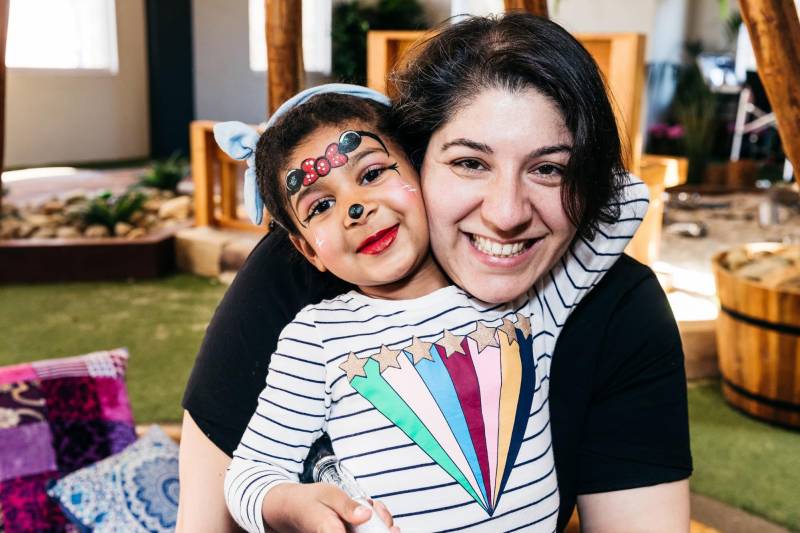
Keep your child safe and secure with Petit Early Learning Journey
By working together, we can create a safe and secure environment for all children. Our Educators model their behaviour to encourage children to establish good habits. Like washing their hands before and after play or covering their mouth when coughing or sneezing.
Each centre follows careful cleaning practises providing a hygienic and organised environment for our children and Educators. If you’re seeking a progressive early education and care centre for your child, come for a tour and ask us how we can keep your child safe and secure.
